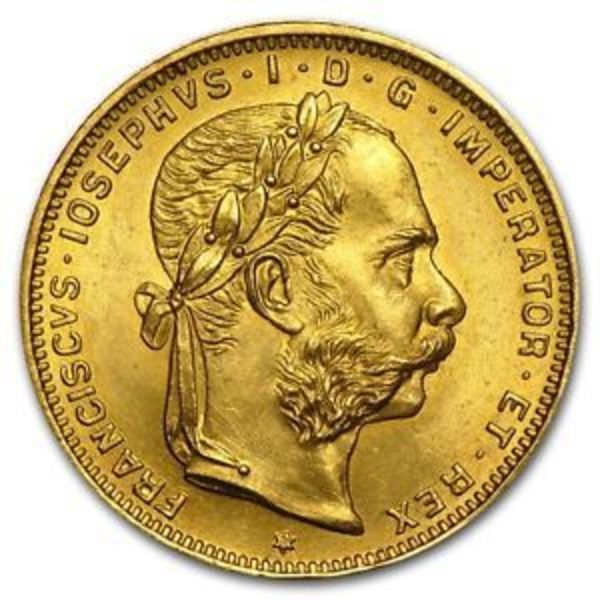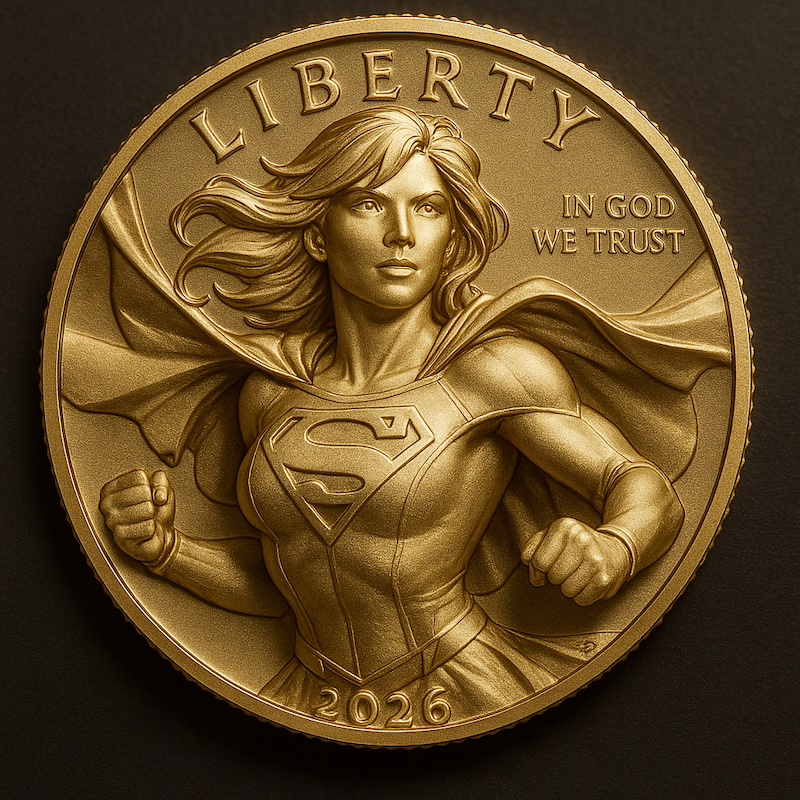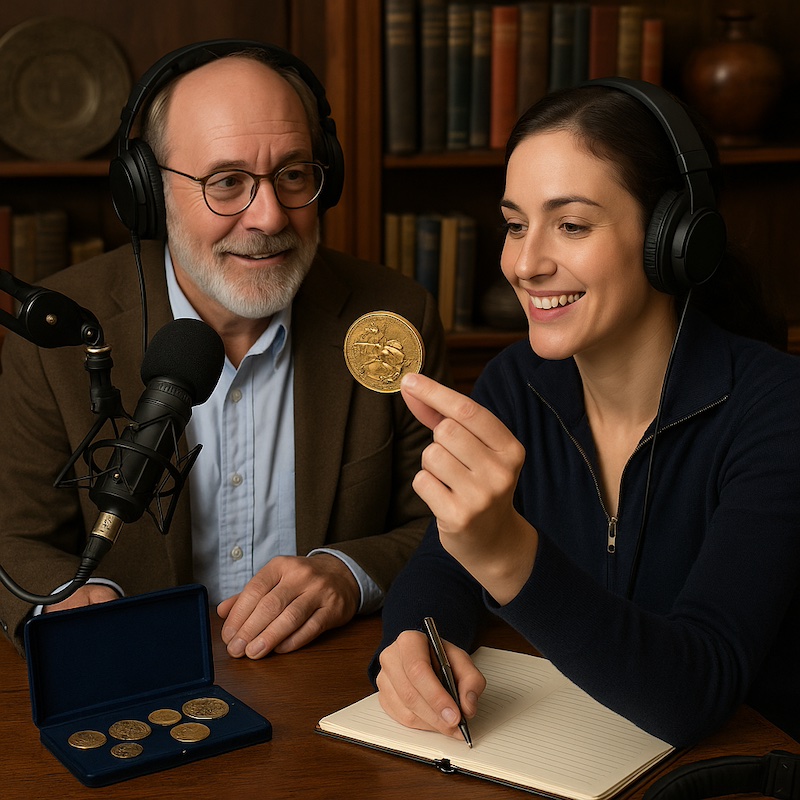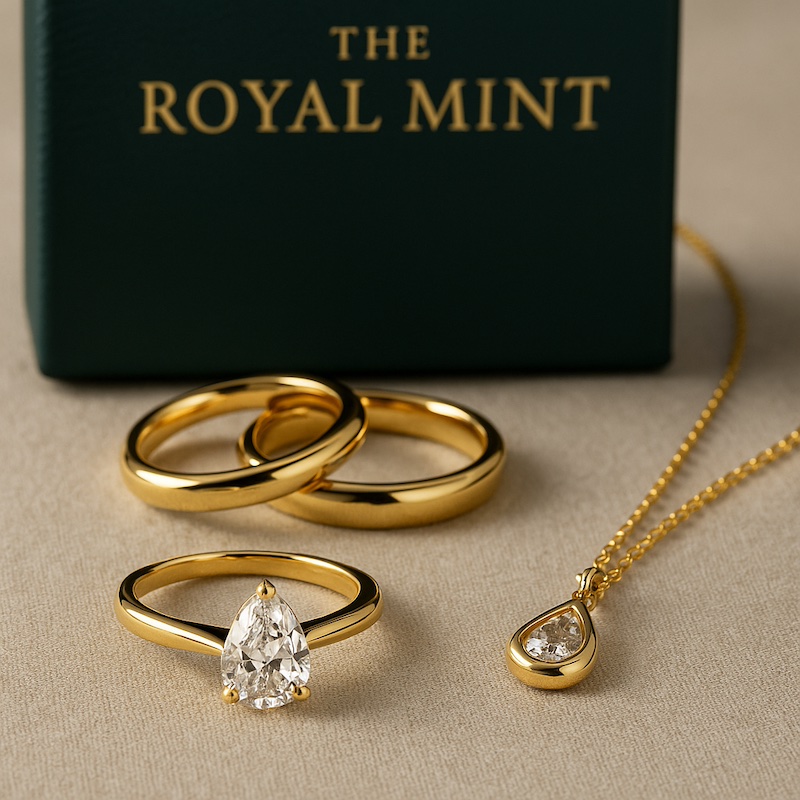The ducat is one of the most historically significant gold and silver coin in European history, influencing trade and commerce for centuries. Its origins, weight, purity, and widespread acceptance have cemented its status as a symbol of financial stability. In 2025, the value of a ducat is determined by its historical significance, gold content, and collector demand. Here’s an in-depth look at the ducat’s legacy and its current worth.

The History of the Ducat
Early Beginnings
The ducat’s story begins in the Republic of Venice during the 12th century. Introduced around 1140 by Doge Enrico Dandolo, the original ducat was a silver coin known as the “ducatus.” It played a key role in local commerce and set the stage for what would become one of the most influential coins in European history.
The Venetian Ducat Gold Coin
In 1284, the Venetian government introduced the gold ducat, or “zecchino,” which weighed approximately 3.5 grams and was composed of nearly pure gold. Venice, a thriving trade hub, ensured the coin’s widespread use across Europe. The Venetian ducat’s consistent weight and purity established it as a reliable currency for merchants, becoming a benchmark for other states.
Ducat Influence Across Europe
As trade flourished in the late Middle Ages, other regions adopted the ducat’s standard of weight and purity. This proliferation further solidified the ducat’s influence in European and global trade.

- Florentine Ducat: Known as the “florin,” Florence introduced its version in 1252. It closely matched the Venetian ducat in weight and gold content, facilitating its acceptance in trade.
- Austrian Ducat: First minted in 1524, Austrian ducats remained in use until the early 20th century. Austrian ducats are still produced today, primarily as bullion coins for collectors and investors.
- Hungarian Ducat: Hungary began minting its ducats in 1325. These coins were widely circulated throughout Europe and valued for their consistent gold content.
| Country | Introduction Year | Gold Content (grams) |
|---|---|---|
| Venice | 1284 | 3.5 |
| Florence | 1252 | 3.5 |
| Austria | 1524 | 3.5 |
| Hungary | 1325 | 3.5 |
The Role of the Ducat Gold Coin in Trade
Ducats became indispensable in international trade due to their reliability and gold content. Merchants valued their consistent purity, which minimized risks and uncertainties during transactions. The ducat’s influence extended beyond Europe, impacting trade routes in the Middle East and Asia. Its adoption by various empires and states made it a de facto global currency of its time.
Ducat Legacy
With the rise of modern banking and paper money in the 19th century, the use of ducats declined in daily transactions. National currencies became the primary medium of exchange, relegating gold coins like the ducat to ceremonial roles and collector markets.
Today, the ducat’s legacy lives on in modern bullion coins and commemoratives. Its historical significance has influenced the design and standardization of coins worldwide.
How Much is a Ducat Gold Coin Worth in 2025?
The value of a ducat in 2025 depends on several factors:
1. Gold Content
A typical gold ducat contains approximately 3.5 grams (0.113 troy ounces) of gold, with a fineness of 98.6% (23.75 karats). The intrinsic value fluctuates with the market price of gold. As of mid-2025, the spot price of gold is approximately $60 per gram, placing the melt value of a single ducat around $230.
2. Collector Demand
Many ducats are sought after by numismatists for their historical significance and rarity. Coins from specific mints, time periods, or those in excellent condition can command a premium above their gold content.
- Austrian Ducats: Modern restrikes of Austrian ducats are popular among investors and are often priced slightly above their intrinsic gold value, typically around $220–$250 per coin.
- Historical Ducats: Coins minted in the medieval or Renaissance periods can fetch much higher prices, ranging from $500 to several thousand dollars, depending on rarity, provenance, and condition.
3. Silver Ducats
Though less common than their gold counterparts, silver ducats also hold value. These coins are prized for their historical appeal and typically range from $30 to $100, depending on their condition and origin.
Factors Influencing Ducat Prices in 2025
Several economic and market factors affect the value of ducats today.
The gold market remains a primary driver of ducat prices. In 2025, ongoing economic uncertainties and geopolitical tensions have driven gold demand higher, sustaining strong prices for bullion coins, including ducats.
Interest in historical coins has grown as collectors seek tangible assets with historical significance. Ducats, with their rich history, are often viewed as both an investment and a cultural artifact.
As inflation pressures persist globally, investors turn to gold coins like ducats as a hedge against currency devaluation. This demand supports robust pricing for both bullion and collectible ducats.
Where to Buy Ducats in 2025
Ducats are widely available through reputable dealers and auction houses. Key sources include:
- Online Precious Metals Dealers: Websites like Find Bullion Prices can help find the most competitive prices amongst major retailers like JM Bullion, SD Bullion, Kitco and others offering modern Austrian ducats.
- Auction Houses: For historical ducats, platforms like APMEX, Heritage Auctions and Stack’s Bowers often feature rare examples.
- Local Coin Shops: These are excellent resources for inspecting coins in person and discussing historical context with knowledgeable dealers.
The ducat continues to hold value in 2025 as a symbol of historical significance and a reliable store of wealth. Whether as an investment in gold or a collectible artifact, its rich history makes it a sought-after piece for investors and numismatists alike. By understanding the factors influencing its value, modern buyers can make informed decisions about adding ducats to their portfolios.







